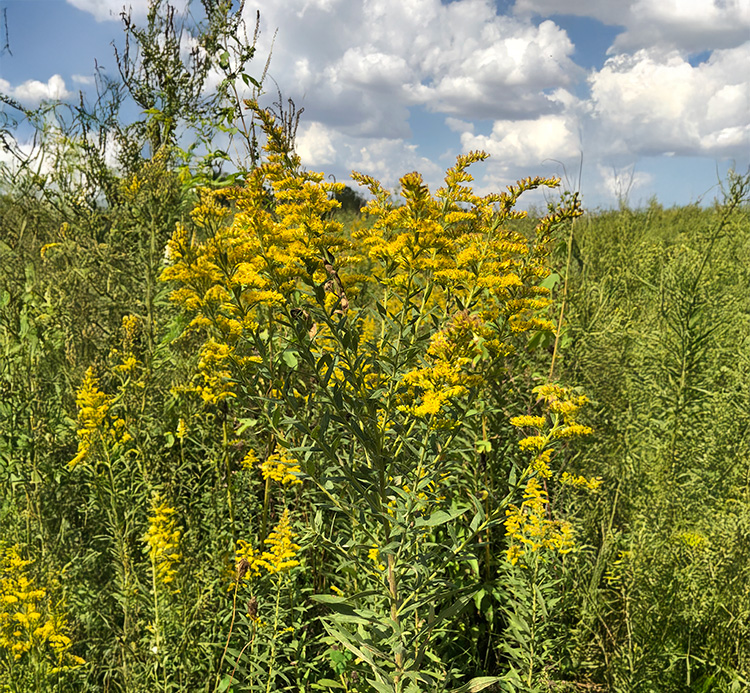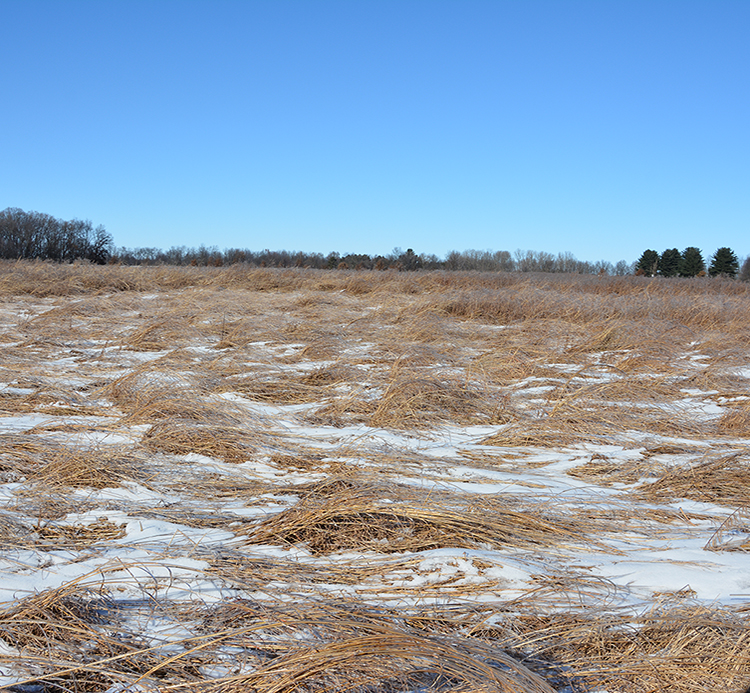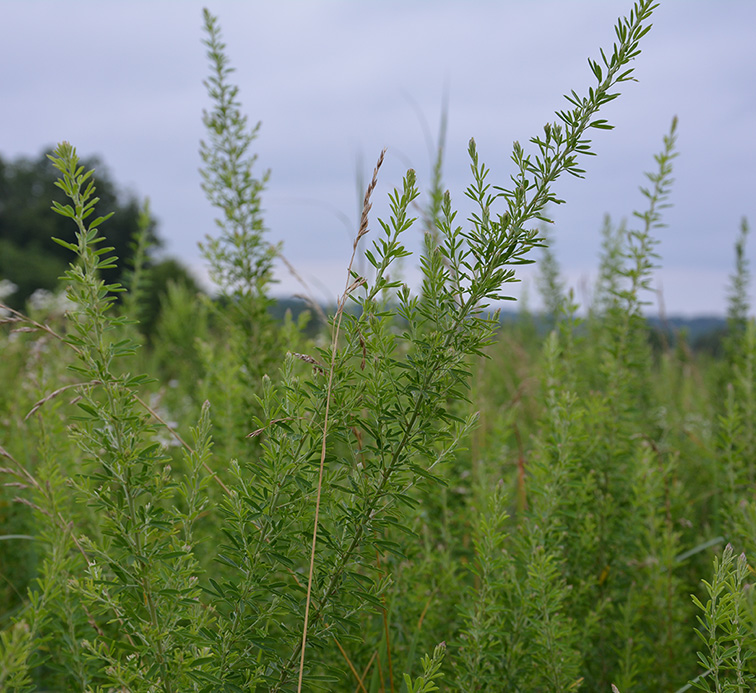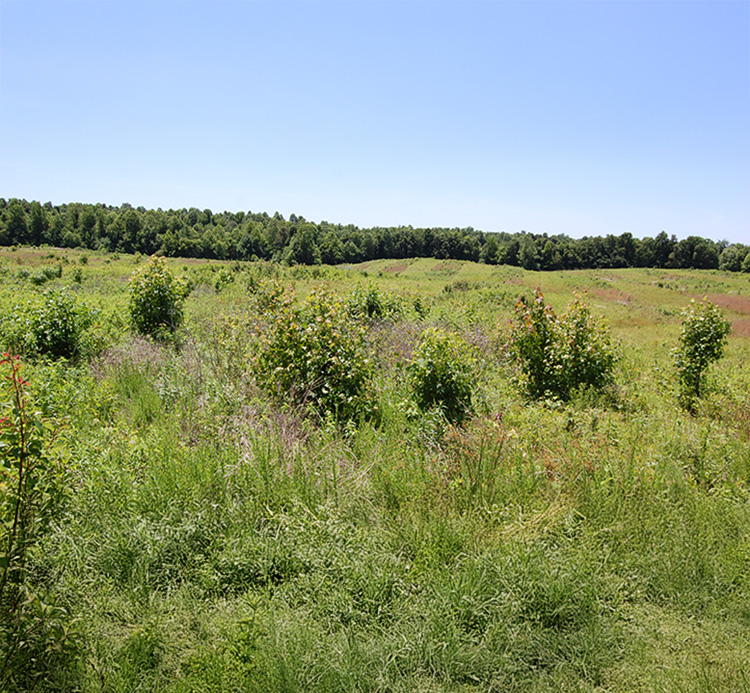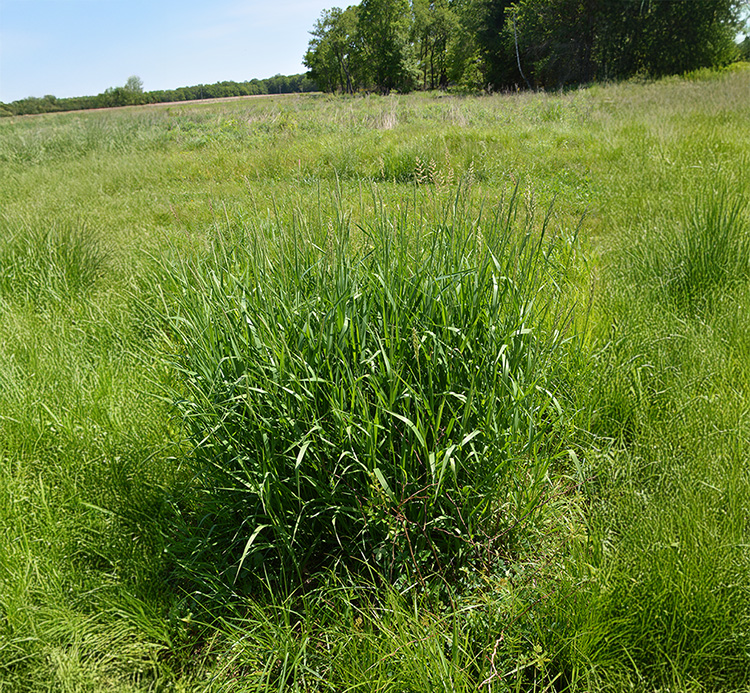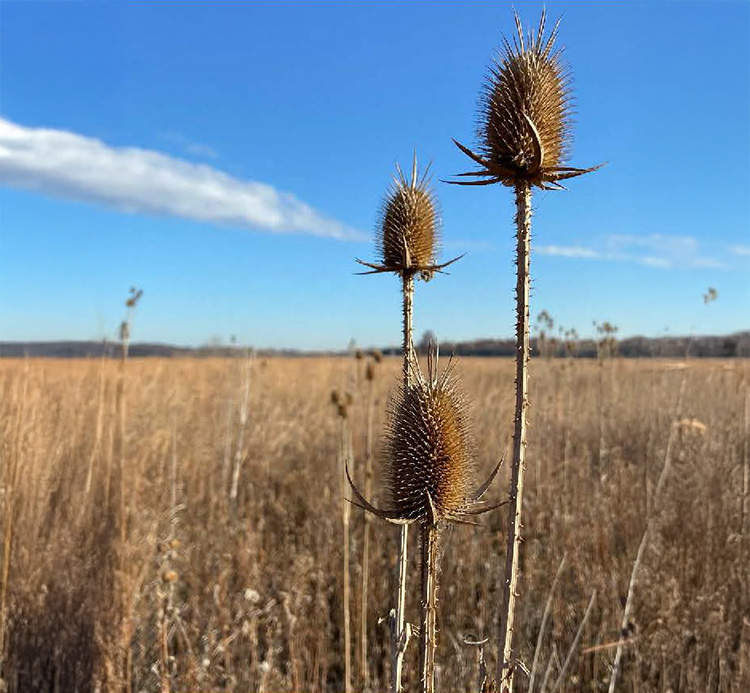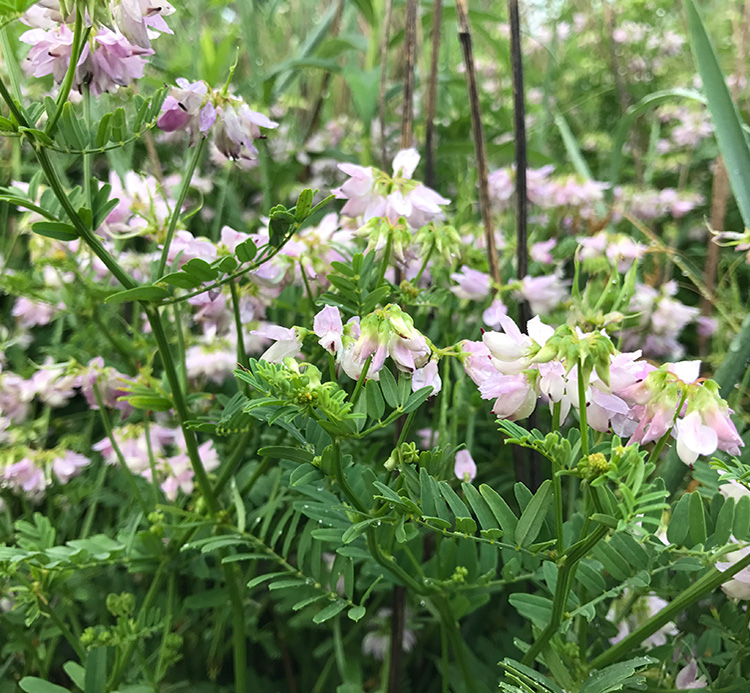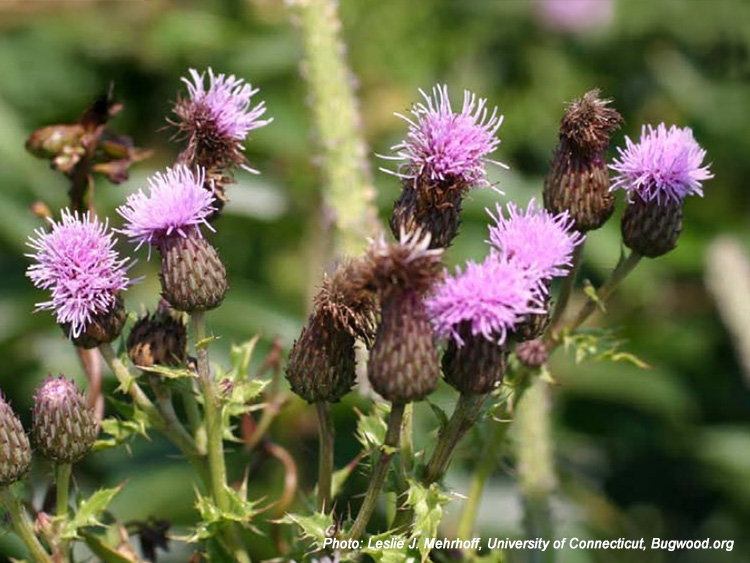Grassland Management
Grasslands, old fields, and early successional areas (e.g., areas dominated by grasses, forbs, and/or brambles) provide habitat for wildlife species such as northern bobwhite, eastern cottontail, ring-necked pheasant, Henslow’s sparrows, and many pollinating insects. Grasslands are often created through the planting on native warm-season grasses (e.g., big bluestem, indiangrass, little bluestem, etc.) and native forbs (e.g., black-eyed susan, purple coneflower, partridge pea etc.), but they can also be created by allowing an empty cropfield to remain fallow. Early successional areas are often managed with prescribed fire, disking, herbicide application, and grazing.
This section will cover information about the following topics
- Establishing native warm-season grass and forb mixtures
- Old field management
- Managing existing native warm-season grass stands
- Grazing native-warm season grasses
Nurturing Nature: Grassland Management Made Easy
Explore practical tips and research based guidance in our Managing Conservation Plantings Factsheet Series.
Nurturing Nature in Action: Grassland Management Made Visual
Watch our Grassland Management Video Series to see practical techniques and expert insights come to life—perfect for landowners, conservationists and anyone passionate about sustainable landscapes.
Related Publications: More Tools for Thriving Grasslands
Visit The Education Store, Purdue Extension's resource center - edustore.purdue.edu, for extended tools, research, and support to elevate your grassland management efforts.
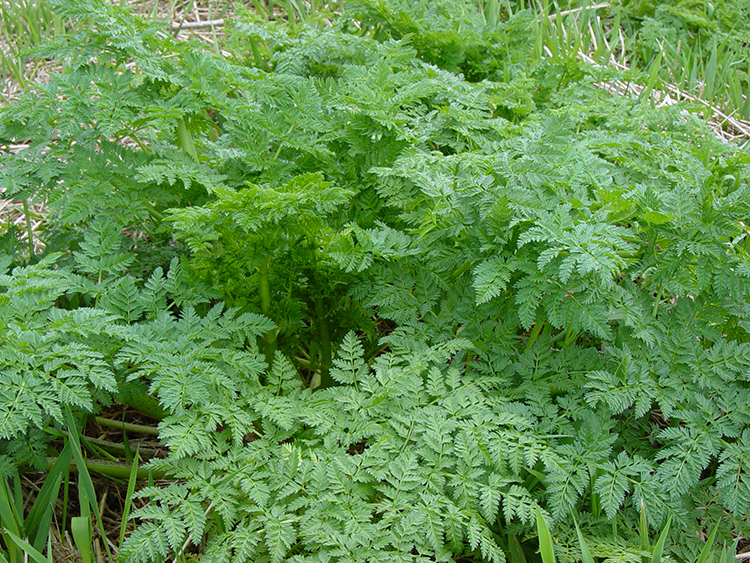
Poison Hemlock - Invasive Plant Series
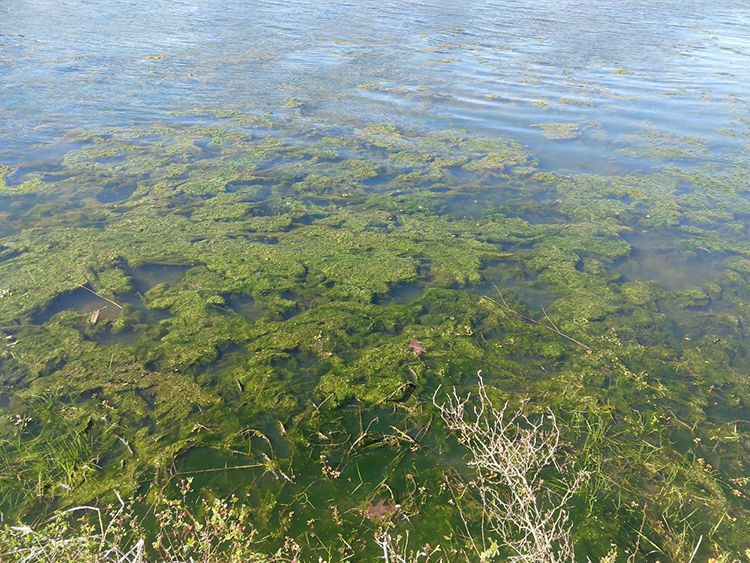
Identifying and Managing Aquatic Vegetation - Aquatic Plant Management


